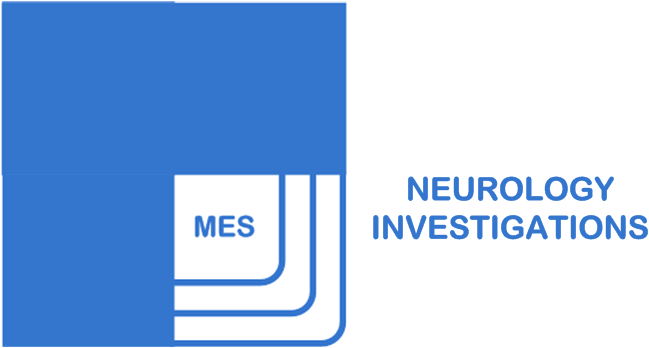Normal and pathological waveforms arising in the brain are rarely less than 0.5 Hz or more than 100 Hz. Filters are used to attenuate or exclude waveforms of relatively high or low frequency from the EEG so that waveforms in the most important range can be recorded clearly, without significant attenuation or distortion.
Two types of filters are commonly used - low frequency filters and high frequency filters.
LOW FREQUENCY FILTERS (also called high-pass filters)
These filters control the response of the instrument to lower frequencies while the response to higher frequencies remains unaffected. The low filter frequency setting specifies the cutoff frequency at which sine waves are reduced in amplitude by a set percentage. This percentage varies with different EEG machines.
In Grass models, the low frequency filter settings are denominated as 0.1, 0.3, 1, 3 and 10.. These numbers denote the frequencies in Hz at which the amplitude has dropped by 20%. Thus a sine wave of 0.3 Hz is nearly abolished by a filter setting of 3 Hz, severely reduced by a setting of 1 Hz and reduced by 20% by a setting of 0.3 Hz.
HIGH FREQUENCY FILTERS (also called low-pass filters)
The high frequency response of the EEG instrument is controlled by high frequency filters.
In Grass instruments these filters switches are denominated 12, 17, 35 and 70 Hz. These are the values of the frequencies for which the response has declined by 20%.
CLINICAL IMPLICATIONS
During the recording, the low frequency filter should be routinely set at 1 Hz and the high frequency filter at 70 Hz.
- A low-frequency filter setting higher than 1 Hz should not be used routinely to attenuate slow-wave artifacts in the record. Vital information may be lost when pathologic activity in the delta range is present.
- Setting the high frequency filter at a lower frequency than usual may give high frequency artifact (e.g. muscle artifact) the misleading appearance of cerebral potentials such as epileptiform spikes or fast background activity. It can also distort or attenuate spikes and other pathologic discharges into unrecognizable forms.
Reference:
- Electricity and Electronics in Clinical Neurophysiology, in: Jasper R. Daube. Clinical Neurophysiology, Philadelphia: F. A. Davis Company
- Fisch BJ. Spehlmann’s EEG primer, Amsterdam: Elsevier, 3rd edition
- User Manual – Version 3.5 : Grass-Telefactor TWIN: Recording and analysis software 2005
- Guideline One: Minimum Technical Requirements for Performing Clinical Electroencephalography. J. Clin. Neurophysiol. 11 (1) 2-5, Raven Press Ltd. New York





No comments:
Post a Comment